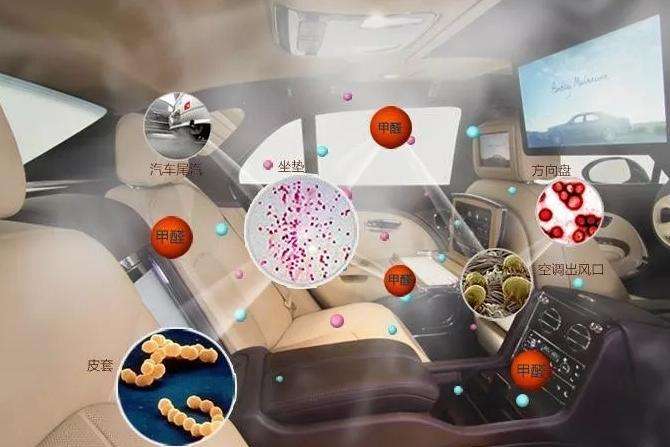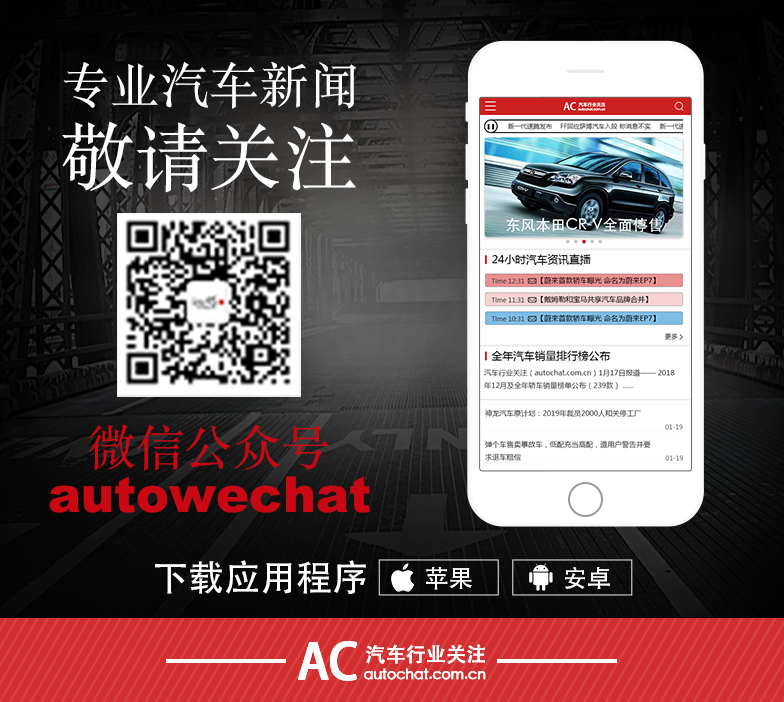In addition to Weibo, there is also WeChat
Please pay attention

WeChat public account
AutoBeta


2024-11-11 Update From: AutoBeta autobeta NAV: AutoBeta > Industry Report >
Share
AutoBeta(AutoBeta.net)05/16 Report--
According to the results of a survey released by French health magazine TOPSANTE on May 15, the number of bacteria in cars is 10 times that of toilets. The survey, which randomly selected 1300 shared cars and 1200 private cars, found that the steering wheel had an average of 800 species of bacteria per square centimeter, while the toilet toilet in the bathroom had only about 80 species per square centimeter.

Is the environment of the car really that dirty? According to the physical and chemical research institute of the Chinese Academy of Sciences, the environment inside the car is comparable to the landfill. According to the research data, four experimental methods, such as meteorological chromatography, weighing method, impact method and wiping method, were used to comprehensively detect and study the substances related to the air condition of the vehicle, such as TVOC (total volatile organic compounds), respirable particulate matter, total bacterial count and bacteria. And finally released a "automobile air quality inspection report".
In the test report of the Institute of Physics and Chemistry of the Chinese Academy of Sciences, a total of 50 samples were tested, including models of mainstream car brands such as General Motors, Volkswagen, Toyota, Hyundai, Audi, Mercedes-Benz and BMW; the time of use ranges from one year to 15 years; the mileage ranges from 1 to 200000 kilometers; almost covers the use of cars in our country.
According to the test report, except the respirable particulate matter basically conforms to the national standard (≤ 0.15 mg/ particles), the situation of TVOC and the total number of bacteria is worrying. In particular, the situation in terms of the total number of bacteria is creepy. According to the National Indoor Air quality Standard, TVOC should be ≤ 0.60mg/, but the results of this test showed that the TVOC in the car exceeded the standard by 30% (average). In terms of the total number of bacteria, the national standard was ≤ 1000cfu/, while the actual result was 2174.75 cfu/ (average), nearly 174.75%. Compared with the more stringent Singapore standards, the measured air quality in the car exceeded the standard by nearly 449.5%. In addition, the researchers also tested a staggering 22603 cfu/ kilowatt in a car, and the standard for landfills is only 2500 cfu/ kilowatt (Singapore standard).
The bacteria detected in this study include Staphylococcus aureus, Escherichia coli, mold, Pseudomonas aeruginosa and Streptococcus pneumoniae. In addition, after combining various factors, the researchers believe that there should also be dozens of bacteria, including Streptococcus haemolyticus, Candida albicans, Salmonella, Bacillus cereus, Arthrobacter and cold virus.
Staphylococcus aureus, Streptococcus pneumoniae and Streptococcus haemolyticus should attract our attention to these three bacteria, the pathogenicity of these three bacteria ranks in the top three.
Compared with the total number of colonies in TVOC, the large number of Staphylococcus aureus, Streptococcus pneumoniae and Streptococcus haemolyticus is a major threat to health, they are not only more pathogenic, but also more difficult to kill; in particular, some parents like to leave their children in the car during temporary parking, which actually increases the potential risk of disease.
Welcome to subscribe to the WeChat public account "Automotive Industry Focus" to get the first-hand insider information on the automotive industry and talk about things in the automotive circle. Welcome to break the news! WeChat ID autoWechat
Views: 0
*The comments in the above article only represent the author's personal views and do not represent the views and positions of this website. If you have more insights, please feel free to contribute and share.











© 2024 AutoBeta.Net Tiger Media Company. All rights reserved.